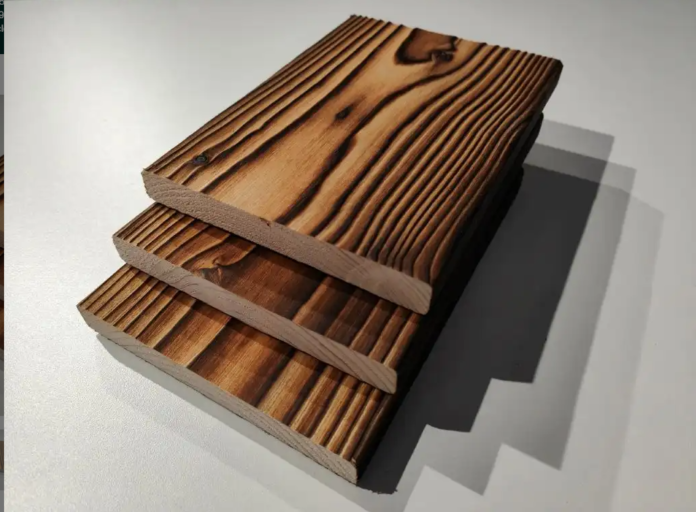Timber has always been a symbol of natural beauty and timeless appeal in architectural design. In recent years, there’s been a noticeable resurgence in the use of wood for both modern and traditional structures, with particular focus on artisan techniques and finishes. Among these, shou sugi ban exterior cladding has become a standout choice for homeowners and designers alike, thanks to its durability, distinct aesthetic, and eco-conscious characteristics. This ancient Japanese technique of charring timber not only enhances its appearance but also increases its longevity—an ideal solution for exterior facades seeking a dramatic and refined look.
The Rise of Artisan Timber Finishes
Modern architecture is moving toward natural materials that tell a story through texture and tone. Hand-finished timber designs are prized for their imperfections and individuality, offering something mass-produced materials simply cannot. This craftsmanship-driven trend celebrates techniques that elevate raw wood into statement features. From smooth, sanded planks to deeply charred finishes, timber cladding now comes in a variety of styles to suit both minimalist and rustic aesthetics.
What truly distinguishes these sought-after designs is the process behind them. Techniques like hand-brushing, precision cuts, and controlled charing are gaining traction in both commercial and residential builds. These are not just visual enhancements—they also serve functional purposes such as weather resistance, rot prevention, and UV protection.
The Charm and Resilience of Shou Sugi Ban
One of the most fascinating techniques making waves in contemporary timber design is shou sugi ban timber cladding. Originally developed in Japan centuries ago, this method involves charring the surface of the wood to protect it against insects, decay, and the elements. The resulting finish is both striking and practical, offering a range of tones from deep black to smoky silver depending on the level of burn and the type of wood used.
Unlike synthetic cladding materials, shou sugi ban timber cladding does not rely on harmful chemicals for preservation. Instead, it uses fire in a controlled and artistic way to strengthen the wood. This combination of tradition, sustainability, and beauty has made it a top pick among forward-thinking architects.
Popular Timber Design Styles
The appeal of charred timber fits seamlessly into a range of design styles. For contemporary homes, clean-lined blackened wood panels provide dramatic contrast and sleek elegance. In more rustic or naturalistic builds, burnt timber enhances the earthy tones and textures of surrounding materials like stone, brick, and metal.
Beyond shou sugi ban exterior cladding, other timber treatments such as brushed Nordic spruce or thermally modified wood also allow for creativity without compromising durability. These design elements work in harmony to create facades that are as functional as they are eye-catching.
Innovation Meets Tradition
Today’s most popular timber designs merge old-world techniques with modern technologies. For example, CNC-machining allows for custom patterns in cladding, while laser-guided charring tools offer greater control over burn depth and consistency. These innovations ensure that each plank of timber can be tailored to meet aesthetic goals while still adhering to modern building codes and environmental standards.
The beauty of this craftsmanship lies in its adaptability—whether for a minimalist urban loft or a countryside retreat, charred timber offers both character and resilience.
Conclusion: Where Quality and Expertise Matter
When choosing materials that bring together design, sustainability, and performance, the value of expert craftsmanship cannot be overstated. From the careful selection of timber to the skilled execution of time-honored techniques like shou sugi ban timber cladding, it takes a dedicated team to deliver excellence in every detail. For those looking to transform their spaces with premium timber finishes, Timber Cladding Specialists offers tailored cladding solutions that blend tradition with innovation. Whether you’re planning a new build or upgrading your property’s façade, their team ensures quality and style go hand in hand.

